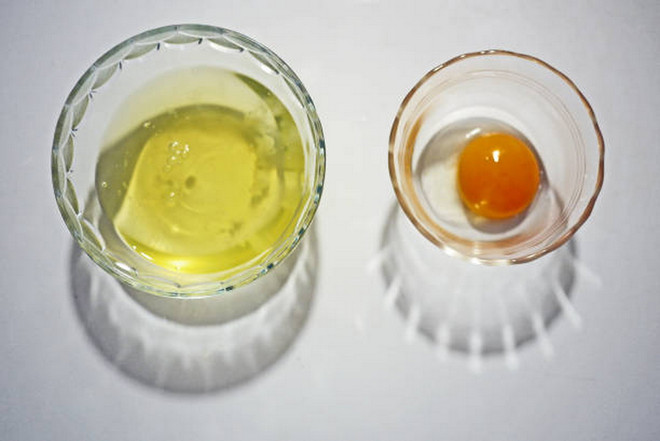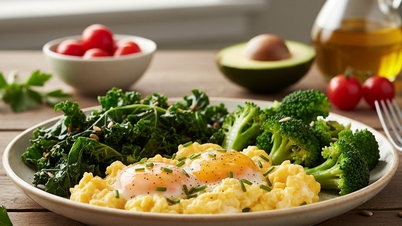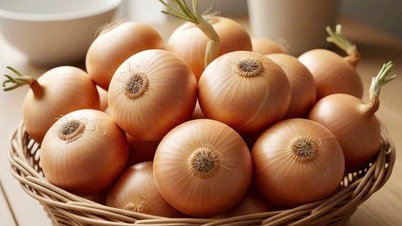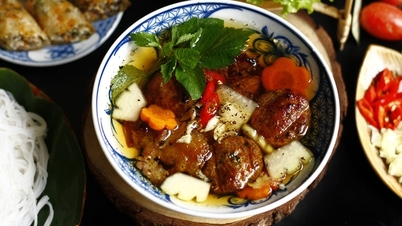When cooking eggs, temperature plays a very important role. For example, to make good scrambled eggs, the eggs should be brought to room temperature before cooking so that they cook more evenly.
When baking, room temperature eggs also help the mixture blend well, creating a light and fluffy finished product.
However, if your recipe calls for separating the yolks and whites, you should start with cold eggs. Eggs straight from the refrigerator will have firmer yolks, reducing the risk of cracking.
This makes many people wonder: if cold eggs separate easily, should we put them in the freezer to make separating the yolk easier? The answer is no.
Samantha Merritt, founder of the recipe site Sugar Spun Run, insists that the temperature in the fridge is ideal. If you put eggs in the freezer, they can harden, cracking the shell, changing the texture, causing waste and affecting the quality of the dish. In other words, putting eggs in the freezer is not only a hassle, but a waste.

When raw eggs freeze, the liquid inside expands and this can cause the shell to crack. As a result, the egg's internal components can easily spoil and increase the risk of bacterial contamination.
Additionally, freezing raw eggs can negatively affect the texture of the shell. As a result, the yolk becomes thick and gel-like. This can make them more difficult to use in cooking or dehydrate them after thawing.
Several studies have shown that freezing raw egg whites causes some of their proteins to become denatured and/or lose their foaming properties. These results also indicate that egg whites that have been frozen and thawed have better foaming properties.
In contrast, when raw egg yolks are frozen, they develop a gel-like consistency. This state is called gelatinization. Some research suggests that gelatinization is the result of ice crystals forming in the egg yolk.
The easiest and most effective way to separate eggs
Merritt says simple is best. She cracks an egg over a clean bowl, letting the white run down. Then, she gently dribbles the yolk back and forth between the two halves of the shell until the white separates completely. This method works with both cold and room-temperature eggs, but cold eggs reduce the risk of cracking the yolk.
Another popular trick is to use your hands: after cracking the egg, gently place the yolk in your hand and let the white slide between your fingers. Or crack the egg into a bowl and use your hands to lift the yolk out. However, if using raw egg whites in drinks, avoid touching the shell to reduce the risk of salmonella contamination.
Meanwhile, professional chefs also show us the safest way to crack eggs to avoid contamination.
According to Huffpost, many chefs prefer to crack the eggshell on a flat surface like a kitchen counter, instead of hitting it against the edge of a bowl.
Penny Stankiewicz, chef-instructor at the Institute of Culinary Education (USA), explained the food safety reasons for cracking eggs on a flat surface: "Eggshells are often unclean, and cracking an egg on the edge of a bowl can push the shell inside, and possibly contaminate the inside of the egg with bacteria from the shell."
Food scientist Jessica Gavin says cracking an egg on a flat surface avoids damaging the egg’s vitelline membrane, which protects the yolk. “If you crack it on the edge of the bowl, you need to control the force to avoid puncturing that delicate yolk membrane,” she says.
Source: https://www.vietnamplus.vn/co-nen-cho-trung-vao-ngan-da-de-tach-long-do-de-dang-hon-khong-post1057653.vnp









































































































Comment (0)